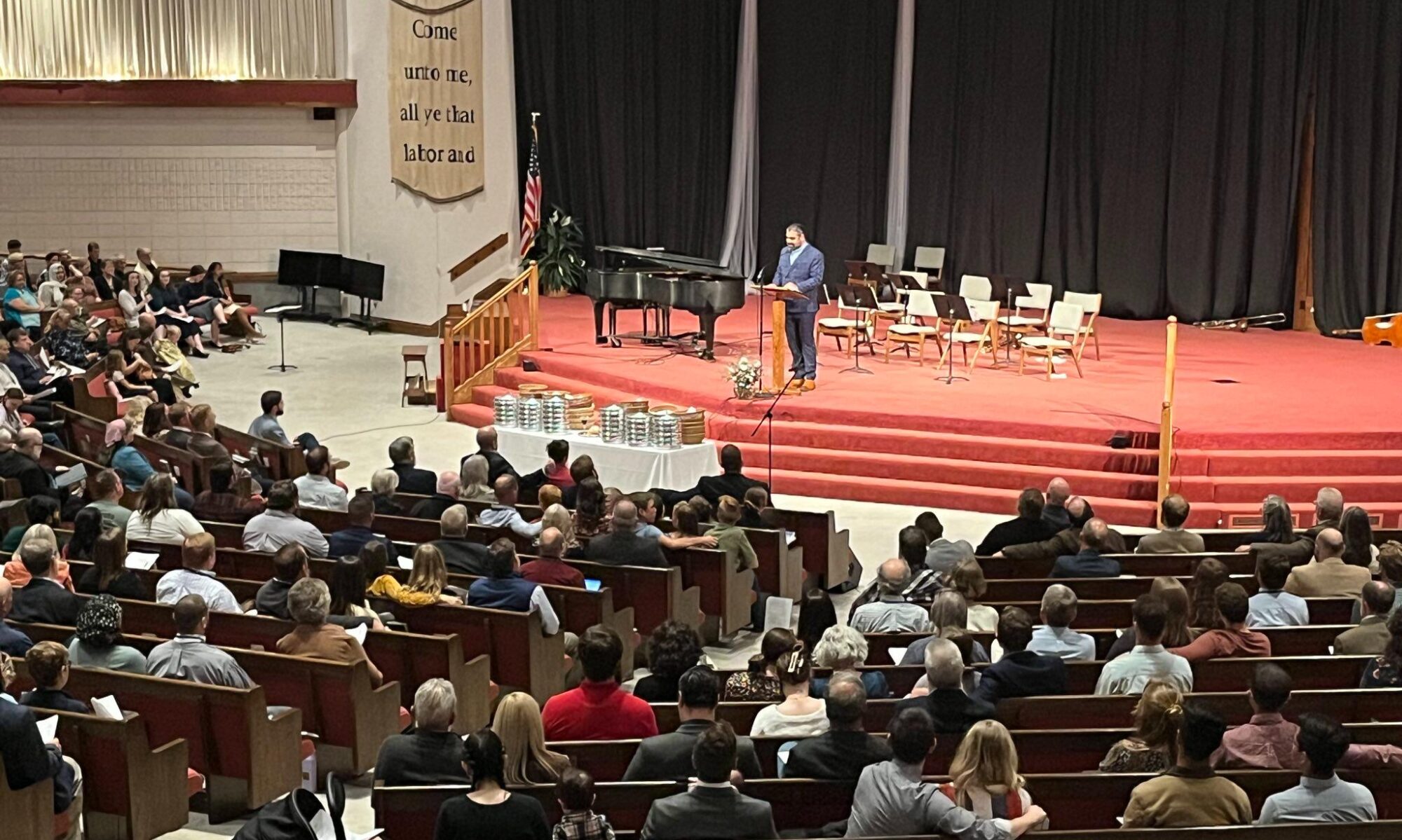Another Saturday upon us and another review of an older cinematic work. I confess I watched this one in greater detail than other classic works I reviewed in the past. Only two weeks ago, I did not know this movie existed and when I discovered it I was thrilled to know that there was some adaptation of the biblical story of Ruth out there.
This is a historical romance directed by Henry Koster in 1960. I have read several critical responses written in the day and the movie received overwhelming praise. The cast is quite fabulous, and the lovely Elana Eden delivers an aggressively charming portrayal of Ruth.Of course, the commentary we wrote on Ruth published a few years back gave me a particularly endearing perspective into a book I know quite well. But the movie is an adaptation, and I am comfortable with adaptations because I am expecting interpretive acts from the writers and directors and this frees me to be an analogical observer rather than a hermeneutical one.
The story–unlike the text itself–begins by giving us a context into Ruth’s upbringing revealing her development as a little girl into a priestess in the Moabitess religion. The movie sees Ruth through the lens of a spiritual teacher who prepares chosen Moabite girls in the catechism of Chemoshian religion. As a grown priestess, Ruth’s task is to supervise the eventual sacrifice of these little ones to Chemosh. Ruth has seen these sacrifices numerous times, but prior to the sacrifice of a particular young girl whom she has learned to love, Ruth had been ideologically courted by Mahlon, a Jew who traveled with his brother Chilion, his father Elimelech, and his mother Naomi to Moab running from the famine (Ruth 1:1). Now, after being catechized in the law of God, Ruth has changed and upon seeing the death of the little girl–whom she trained–the law of God begins to take effect in her life, and she openly rejects the famous practices of the religion she was sworn to uphold.
The Moabite leadership quickly condemns Mahlon and Chilion, and his father Elimelech for influencing Ruth. Both Chilion and Elimelech die in prison, and Mahlon is sentenced to the quarries for his entire life. In an attempt at rescuing Mahlon from the quarries, Ruth seeks aid from additional guards, but upon Mahlon’s escape, he is injured. Upon his death bed, he marries Ruth sealing this epic union (It should be noted that in our commentary, Mahlon and Chilion receive a less than flattering description).
Ruth and Naomi are now left desolate, and though Naomi seeks to dissuade Ruth from following her back to Bethlehem, she refuses. This portion of the adaptation is quite clearly textual and I enjoyed this scene playing itself. When Naomi and Ruth return to Bethlehem, they encounter an anti-Moabite group that is constantly antagonizing Ruth and her ethnicity. Ruth and Naomi seek to restart life, and two suitors appear as solutions to their solitude. The nearest kinsman appears to be a charlatan who wants Ruth but shows no love for her. The other, Boaz, is honest and honorable and wishes to marry Ruth but must accept the Law of Moses as the supreme law of the land, which gives the right of the nearest kinsman to marry Ruth. In the end, as both men are resting at the winnowing barley on the threshing floor, Ruth approaches Boaz and they declare their love for one another. The story derails at crucial points from the actual biblical text, but the overarching status of the nearest kinsman is quite close to what Ruth 4 describes. He appears to be quite committed to preserving his wealth and unwilling to make sacrifices to redeem and love.
With the nearest kinsman out of the picture, the movie ends with the wedding of Boaz and Ruth and a narration of the final genealogy found at the end of Ruth 4, declaring the messianic line of Ruth’s son, Obed.
~~~~
The story is quite compelling, and a couple of additional images help solidify this portrayal as an astute adaptation. Two images come to mind: a) the first is the scene of Ruth next to a well meditating on marriage. Uniquely, wells in the Bible are almost always represented as places synonymous with weddings or marriage. Jesus meets the woman at the well and the discourse is one rooted deeply in marriage. b) the second scene is the appearance of an angel who invites himself to Naomi’s house and asks that she bake him bread. When Naomi returns with the bread, the angel of the Lord disappears but blesses the land with much-needed rain showing favor to the house of Naomi. God blesses obedience.
While there are a plethora of unique considerations in this 1960 adaptation, I left rather pleased with the attempt at portraying a story I love so dearly.







